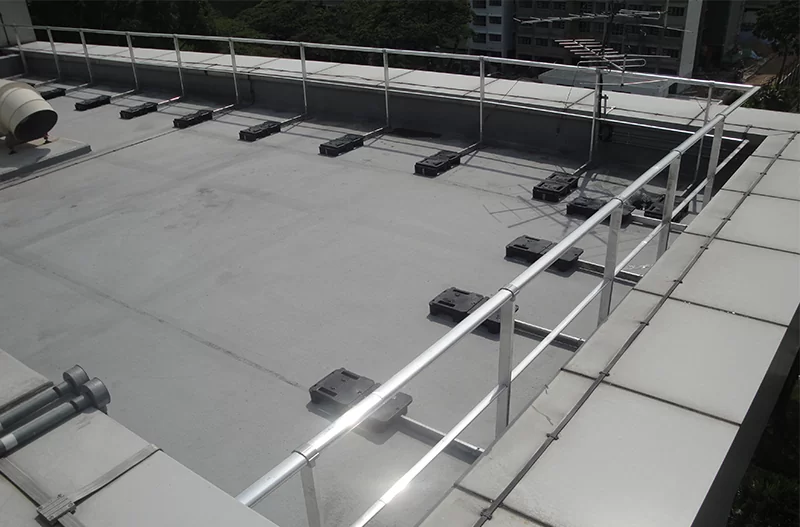Scaling IT teams for global projects often raises a key question: should you go with staff augmentation or stick to traditional hiring? At Innerworks International, where technology meets strategy, this is a decision we regularly guide businesses through. Choosing the right hiring approach directly affects the speed, flexibility, and cost-effectiveness of your international IT project.
In this post, we break down the strengths of staff augmentation vs. traditional hiring to help you determine the most effective path for your business.
What is Staff Augmentation in IT?
At Innerworks International, staff augmentation means extending your internal IT team with external professionals—on-demand, contract-based, and often remote. Whether you need skilled developers, DevOps engineers, QA testers, or cloud architects, augmentation allows companies to fill skill gaps without the commitment of a permanent hire.
Staff augmentation services from Innerworks International are ideal for short-term tasks, rapid product development, and scaling tech operations without investing in full-time headcount.
Understanding Traditional Hiring for IT Projects
Traditional hiring involves onboarding permanent staff through conventional recruitment processes—job postings, interviews, onboarding, and integration into the company culture. Innerworks International supports clients who still prefer this route, especially for leadership roles or projects requiring a stable, in-house presence.
However, in the context of international IT projects, traditional hiring may present challenges such as visa requirements, local labour laws, and extended recruitment timelines.
Staff Augmentation vs. Traditional Hiring: Key Differences
At Innerworks International, we often break this down into six practical categories:
- Speed of Hiring: Staff augmentation allows rapid access to pre-vetted professionals. Traditional hiring can take months.
- Flexibility: Augmentation supports scaling up or down. Traditional hiring is less agile.
- Cost: Augmentation helps control costs (no overheads, benefits, or office space). Traditional hiring involves long-term financial commitment.
- Control: Traditional employees are easier to integrate culturally. Augmented staff need clear onboarding to align with your processes.
- Compliance: Augmentation partners like Innerworks International handle compliance. Traditional hiring may require navigating foreign employment laws.
- Location: Staff augmentation suits global teams working across time zones.
Pros and Cons of IT Staff Augmentation for Global Projects
✅ Pros:
- Rapid access to specialised global IT talent
- Flexibility to scale your team when needed
- Reduced hiring costs
- Shorter onboarding process
- Managed contracts by Innerworks International, not you
❌ Cons:
- Internal teams must manage the augmented workforce
- Communication may require adaptation across time zones or cultures
Innerworks International minimises these challenges by offering hands-on coordination and quality assurance throughout the engagement.
Pros and Cons of Traditional Hiring in International IT Projects
✅ Pros:
- Long-term team commitment and culture integration
- Higher loyalty and retention (if managed well)
- Better alignment with your internal business operations
❌ Cons:
- Lengthy recruitment and onboarding processes
- High overheads and operational costs
- Complex compliance with global employment laws
At Innerworks International, we help clients weigh these challenges realistically before investing in permanent roles abroad.
Which Model Works Best for International IT Projects?
There’s no one-size-fits-all solution. Innerworks International encourages organisations to assess:
- Project duration: Shorter timelines favour augmentation
- Budget limitations: Staff augmentation is often more affordable
- Required expertise: Highly specialised roles may be easier to fill externally
- Scalability: Augmentation excels in flexible scaling
- Team control: If long-term team culture is crucial, traditional hiring works better
How to Choose Between Staff Augmentation and Traditional Hiring
Innerworks International provides this decision-making checklist:
✅ Do you need to go live fast?
✅ Are you facing a skills shortage?
✅ Is your project budget capped?
✅ Do you plan to scale or reduce the team soon?
✅ Is your legal team limited on international HR compliance?
If most answers are “yes,” staff augmentation could be your best move—with the right partner like Innerworks International.
Making Smarter Hiring Decisions with Innerworks International
When comparing staff augmentation vs. traditional hiring, the best choice depends on your project’s scope, timeline, and long-term strategy. Both models offer distinct benefits, but for global IT projects that demand agility and speed, staff augmentation often delivers a more efficient and cost-effective outcome.
At Innerworks International, we support you with both traditional recruitment services and flexible IT staff augmentation solutions—ensuring your project gets the right talent, exactly when needed.
Let’s help you build smarter, faster, and more global.











